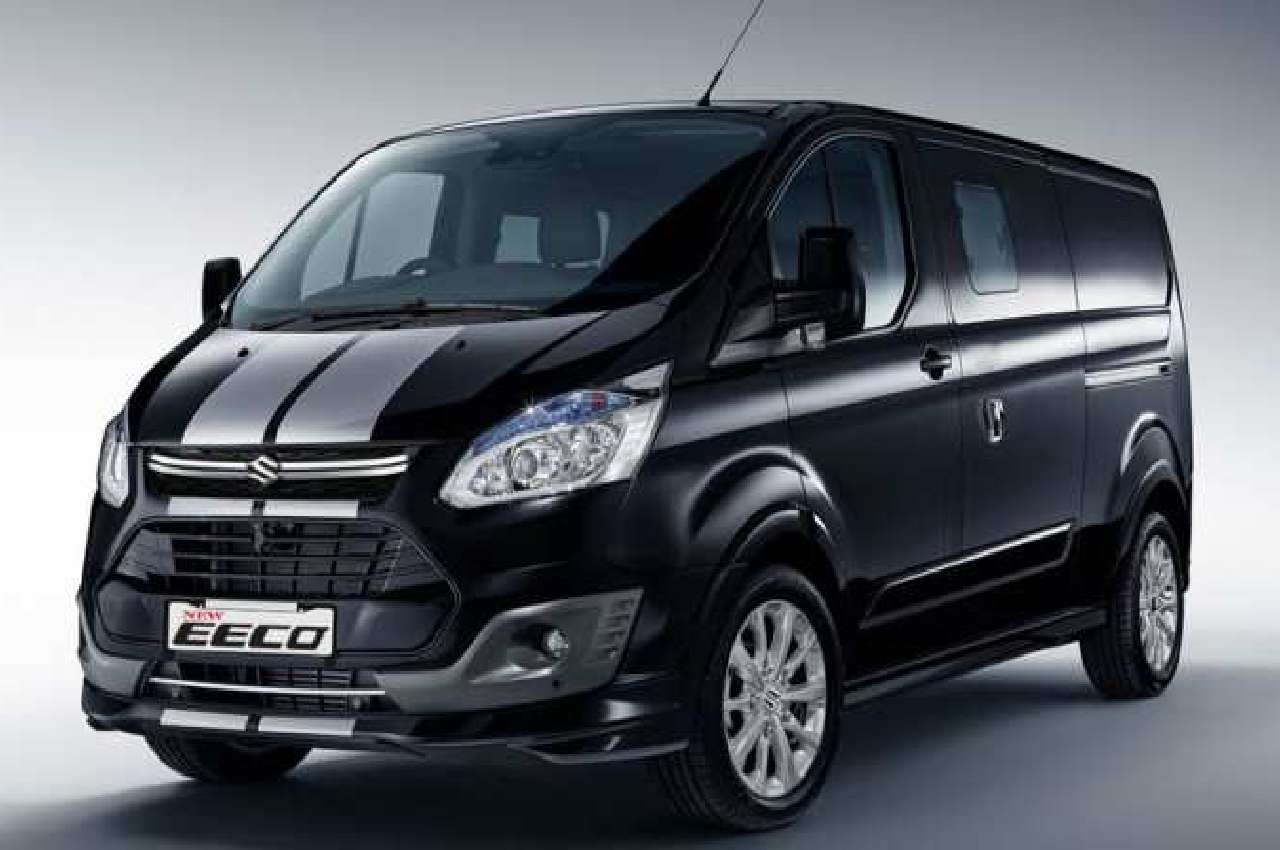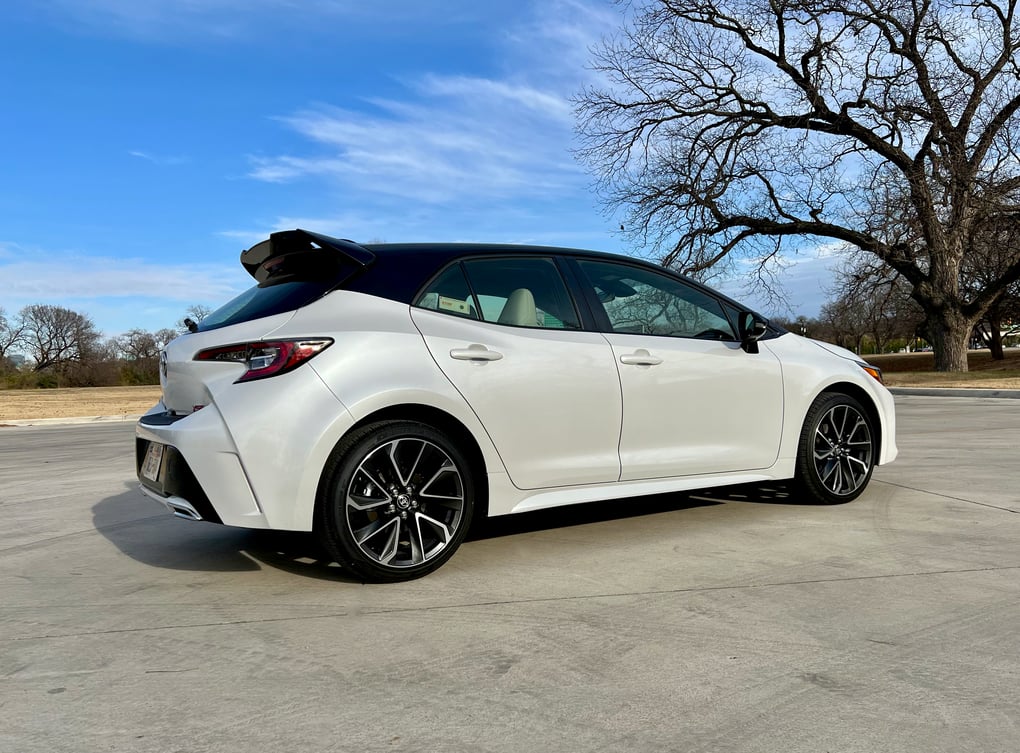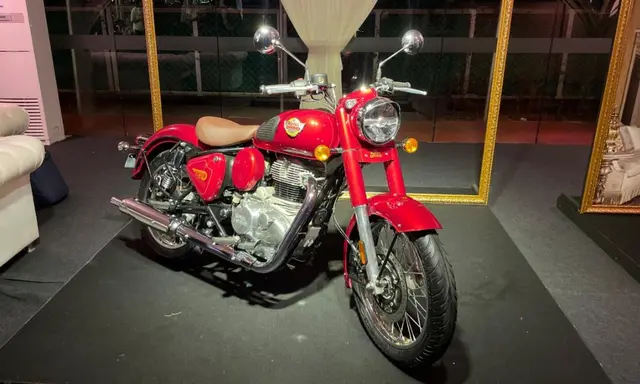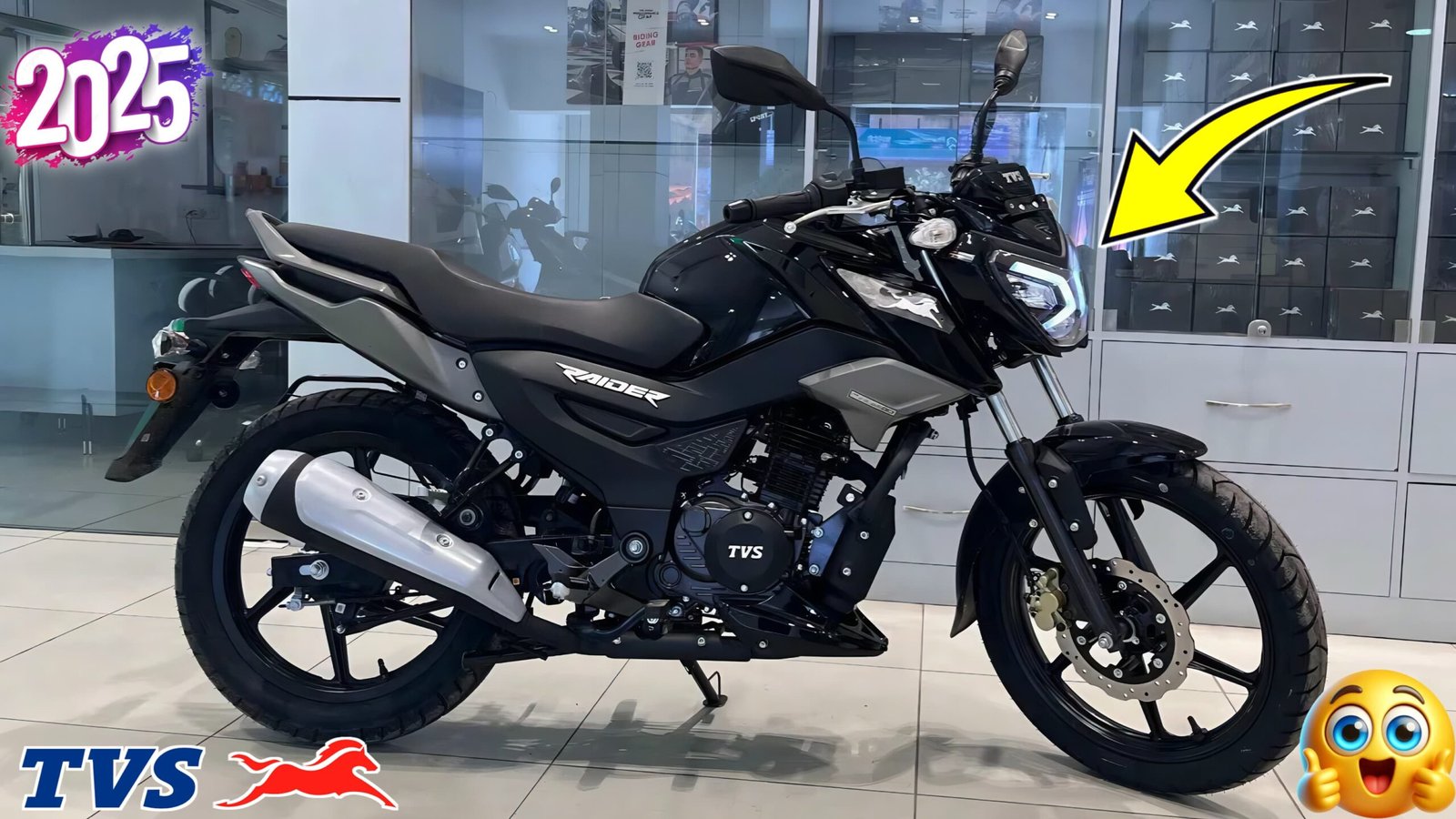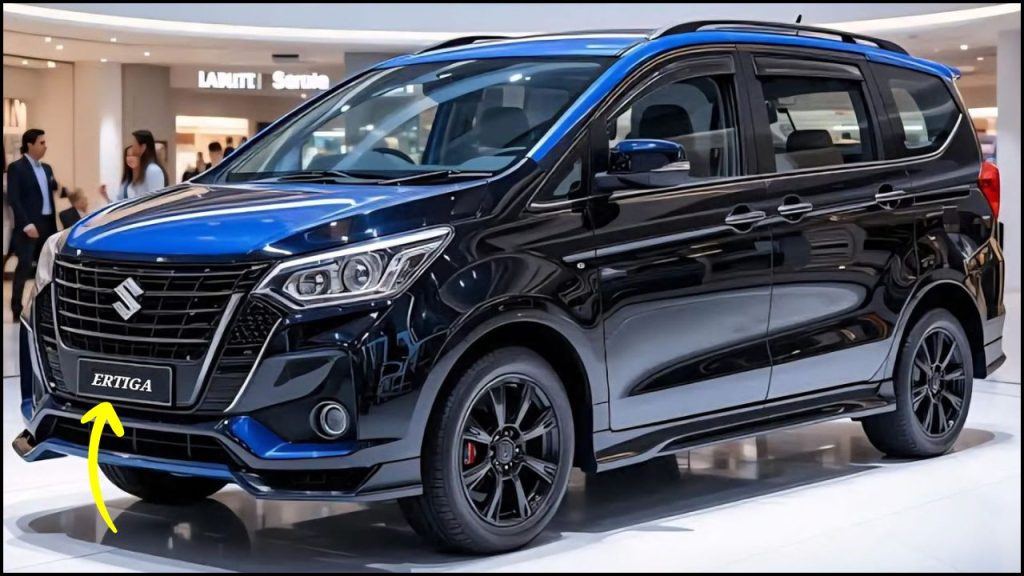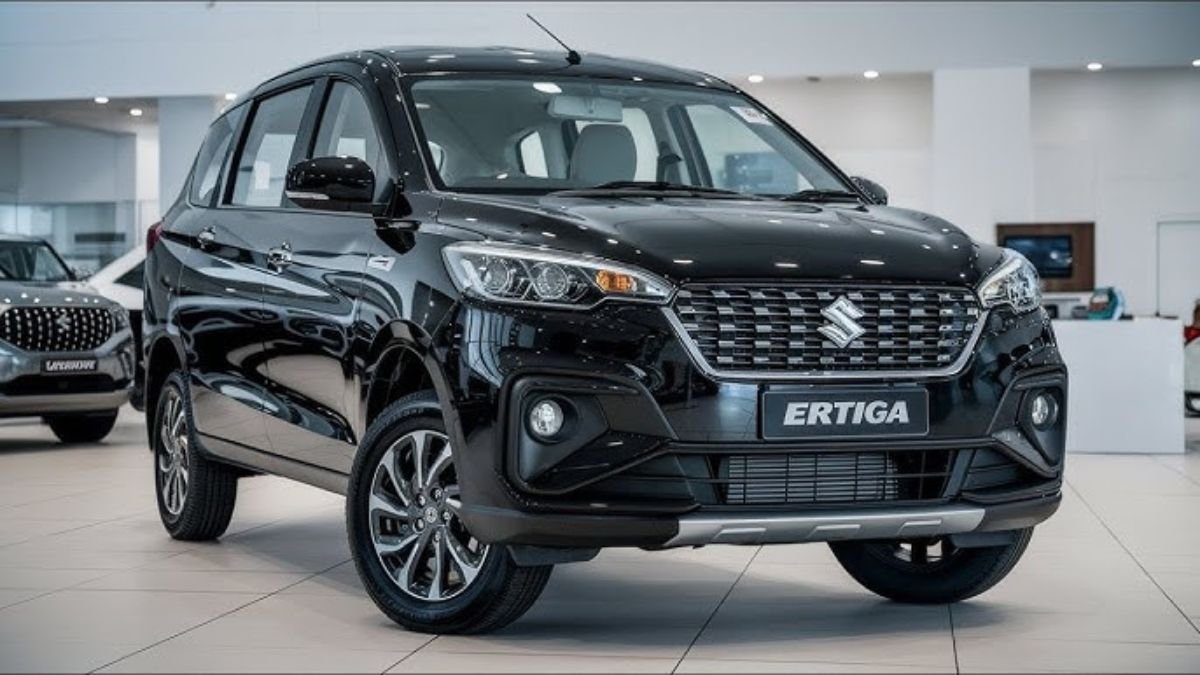The Maruti Suzuki Eeco is one of those cars you see everywhere. Whether it’s used as a family van, a delivery vehicle, or even a school van, it just works. People trust it for many reasons. It’s not flashy. It’s not filled with fancy gadgets. But it promises space, mileage, and reliability. And now with the 7-seater version, it becomes even more practical for bigger families or businesses.
Let’s take a friendly deep dive into what makes the 7-seater Eeco tick.
Why So Many People Choose the Eeco
The Eeco has always had one big strength. Simplicity. It doesn’t try to impress you with chrome or curves. It just shows up, does its job, and doesn’t complain. That’s what most buyers love. It offers something that’s getting rare these days. Value for money.
Also, Maruti Suzuki’s strong service network adds another point in its favor. You can get it repaired or serviced almost anywhere. And the spare parts won’t burn your wallet.
Design That’s Straightforward
The Eeco is boxy. Let’s be honest. It looks like what it is. A van. But that boxy shape is not a flaw. It helps the car have more room inside. When you’re looking for a people carrier, you want maximum space. Not sports car curves.
At the front, it now comes with a new grille, halogen headlamps, and a better bumper design. The updates are small, but they do make the van look a bit more modern. It still sits on basic 13-inch wheels. Nothing fancy, but good enough for the city and occasional highways.
The high roof design means even tall passengers won’t complain about headroom. Side sliding doors add to the practicality. It’s easier to enter and exit, especially in tight spots.
The Spacious 7-Seater Cabin
Inside the 7-seater Eeco, things are kept minimal. Don’t expect touchscreen displays or leather seats. But what you get is a very usable and straightforward layout.
The front gets a basic dashboard with a speedometer, fuel gauge, and a digital display for mileage and time. It now also includes a digital instrument cluster and dual front airbags as standard, which is a much-needed upgrade in terms of safety.
The seating arrangement in the 7-seater variant includes two front seats, a middle bench for three, and a rear-facing bench at the back for two more. Yes, the rear bench faces the other way, which might feel unusual at first. But it saves space and keeps things simple.
The legroom in the third row isn’t great, so it’s best for kids or short-distance travel. But overall, the cabin feels airy and open, thanks to large windows and high ceilings.
The Engine That Keeps It Moving
Under the hood, the Maruti Eeco uses a 1.2-litre petrol engine. It’s the K-Series Dual Jet, Dual VVT engine. It delivers 80.76 PS of power and 104.4 Nm of torque. It’s not the fastest van on the block. But it’s smooth and dependable.
It comes paired with a 5-speed manual gearbox. The shifts are light, and the clutch is easy to use. So even new drivers won’t have trouble getting used to it.
You won’t be overtaking too many cars on highways, but for city use and short road trips, the Eeco handles things just fine. It can carry people and light cargo without losing its calm.
There’s also a CNG option. This one makes less power at 71.65 PS and 95 Nm torque, but it’s much more fuel-efficient. And for a lot of users, fuel saving is more important than speed.
Real-World Fuel Efficiency
Mileage is a big reason why people buy the Eeco. The petrol version gives around 19.71 km/l, and the CNG variant goes up to 26.78 km/kg. That’s a big deal if you’re driving every day for work or school runs.
CNG helps save money in the long run. And with fuel prices always going up, this version is popular with taxi drivers and small business owners.
Just remember, with CNG, you lose some boot space. The tank takes up a big part of the luggage area. But for those who value running cost savings, it’s still worth it.
Ride Comfort and Driving Feel
Driving the Eeco is easy. The steering is light, and visibility is good because you sit up high. Parking is also simple because of its compact length.
But you need to keep your expectations realistic. It’s not a luxury MPV. The suspension is a bit stiff, especially when the van is empty. But once you add passengers, it starts to feel more balanced.
The Eeco does get bumpy on rough roads. You’ll feel the potholes. But it doesn’t rattle or fall apart. That’s where the build quality shows itself. It might be basic, but it’s built to take daily abuse.
Safety Gets an Upgrade
Earlier, safety wasn’t a strong point in the Eeco. But now, Maruti has made some key updates.
Every variant comes with dual airbags. You also get ABS with EBD, a reverse parking sensor, child lock, engine immobilizer, and seat belt reminders. These small additions make a big difference.
Sure, it’s still not as secure as bigger premium vans, but it’s good to see progress. Especially since many families use it for long drives.
Features and Tech Inside
Don’t expect a feature-loaded cabin. But you get the basics. Manual air-conditioning, heater, digital speedometer, reclining front seats, and a cabin lamp are standard.
There’s no infotainment screen, but you can install one later from aftermarket shops. The dashboard has a 12V power socket for charging your phone. And the glove box can hold a few basic items.
Honestly, it’s all kept simple on purpose. Fewer electronics mean fewer things that can go wrong. That’s part of the Eeco’s charm.
Variants and Pricing
The Eeco is available in both 5-seater and 7-seater versions. You also get options for petrol and CNG, and there’s a Cargo model for goods transport.
Here are the key variants for the 7-seater model:
- 7-Seater Standard (Petrol)
- 7-Seater AC (Petrol)
- 7-Seater AC CNG
Prices start at around ₹5.32 lakh for the base 7-seater petrol and go up to ₹6.64 lakh for the CNG version with AC. That’s pretty affordable for a car that can carry 7 people and still return good mileage.
The CNG model is priced higher but makes up for it in savings over time. Many buyers see it as an investment that pays back quickly.
Maintenance and Running Costs
One of the biggest plus points of owning a Maruti is the low maintenance cost. The Eeco is no different. Its parts are widely available, and most mechanics know how to work on it.
Even if you skip the service center and visit a local garage, you’ll find spares easily. Oil changes, brakes, clutch replacements — everything costs less compared to most cars in the market.
And since the Eeco isn’t filled with electronics or turbo parts, it rarely gives surprise problems. That peace of mind is priceless for budget buyers.
Perfect For Multiple Needs
The Eeco is a true multi-tasker. Some families use it for road trips. Others use it for school drop-offs. Many small shops and delivery businesses rely on it daily.
And in smaller towns or villages, it’s common to see Eecos used for carrying goods, fruits, furniture, and everything in between. Its versatility is one reason why it’s still in demand, even after all these years.
You can even convert it into a camper, if you’re feeling adventurous. The flat space in the back gives a lot of room to play with.
Why It Still Stands Strong in 2025
The Eeco isn’t a new name. It’s been around for over a decade. But Maruti keeps updating it with what truly matters. Better fuel efficiency, improved safety, and cleaner engines.
In 2025, when people are spending big on tech-heavy SUVs and luxury cars, the Eeco stands quietly in the corner. Still delivering value. Still winning hearts.
If you want a no-nonsense van that can carry your world without draining your bank account, the 7-seater Eeco is still one of the best options out there.
